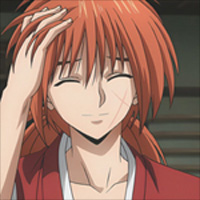In 1996, the anime iteration of Rurouni Kenshin was released. The story — one that follows a wandering swordsman at odds with his own past — blends historical fiction with dynamic action. Despite its challenges, including an early cancelation and recent controversies surrounding its creator, the classic series itself continues to captivate audiences with its depth and complexity.
Years after the anime's initial debut, fans are still uncovering little-known secrets about the series. From Kenshin Himura being initially envisioned as a woman to instances of censorship, each revelation offers new perspectives on the enduring legacy of Rurouni Kenshin. These secrets and origins behind the characters can give viewers a deeper relationship with the series as a whole.
10. Ayame and Suzume Are Anime-Only Characters
These Two Characters Don't Appear in the Rurouni Kenshin Manga
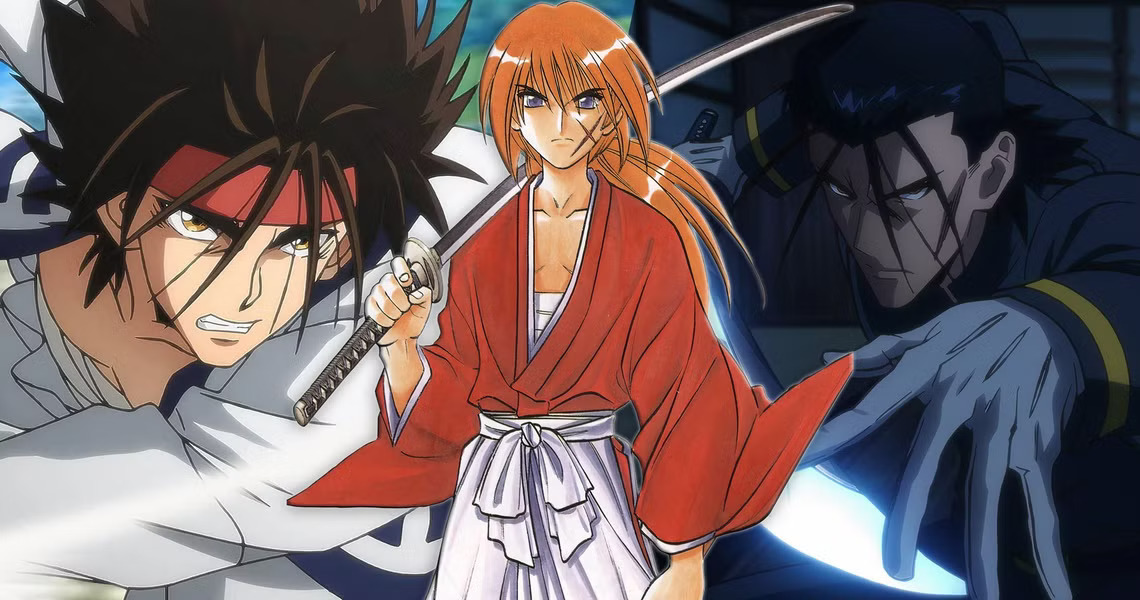
In Rurouni Kenshin's original anime adaptation, Ayame and Suzume have a constant presence around the Kamiya dojo. They bring a youthful and comedic element to the series as they regularly bond and play with Kenshin. But fans who are only familiar with the original anime may not know that these sisters are nowhere to be found in the manga. Their inclusion was intended to fill time and provide additional character dynamics. Their grandfather, Dr. Gensai, also appears more frequently in the anime compared to the manga, where his appearances are brief and far less prominent.
Additionally, the original anime omits several characters from the manga, such as Kihei, Gohei Hiruma's older brother. Kihei plays a pivotal role early in the manga by tending to Kaoru's injuries and initially setting the stage for her and Kenshin's conflict with Gohei. The 2023 anime reboot retains the manga's original cast of characters.
9. Rurouni Kenshin Had Two Different English Dubs
Sometimes an Anime Will Receive More Than One English Dub That Reaches Notoriety

North American fans and fans from other countries may not know that they grew up watching two completely different English dubs. Initially marketed by Sony under the title "Samurai X", the first English dub was not as faithful to the original Japanese version and had many name changes — for example, Kenshin's name was changed to Kenshi, Kaoru became Cory and Yahiko was renamed Yoshi. It also featured a different voice cast, except for Richard Cansino, who played Kenshin in both versions. The Sony Dub failed to gain traction in the United States but found a niche in other countries.
Later, Media Blasters acquired the rights and produced a second English dub that was exclusive to North America. It was more faithful to the original Japanese script and better received by fans. While the Sony Dub struggled to connect with viewers and is now a somewhat obscure piece of media, the Media Blasters dub's commitment to authenticity helped to contribute to Rurouni Kenshin's enduring popularity outside Japan.
8. The Original Anime Was Heavily Censored
Rurouni Kenshin's Violence and Themes Were Strongly Redacted in the Original Airing
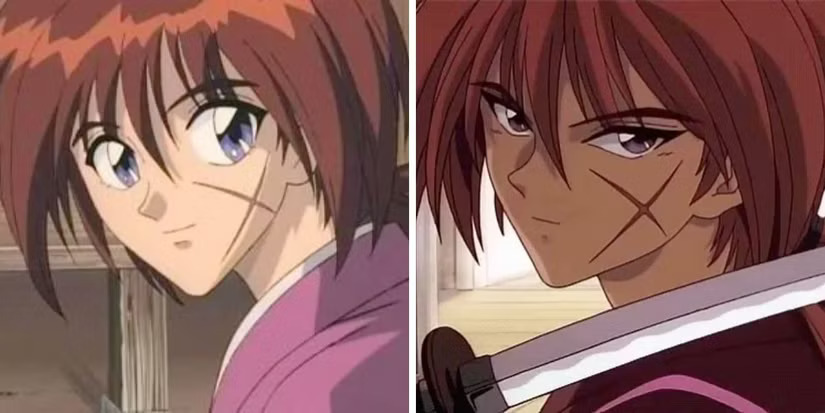
Because it underwent significant censorship, Rurouni Kenshin's orginal anime was full of toned-down violence, altered scenes, and modified character portrayals to suit a broader television audience. One prominent example is the depiction of the character, Han'nya of the Oniwabanshu, whose severely deformed face is never fully shown in the anime. The anime also hints that his face became disfigured due to his constant battles, whereas his manga counterpart goes into graphic detail about the brutal ways he disfigured himself to pull off his disguises.
Additionally, following the death of the Oniwabanshu members, Aoshi buries their bodies in the mountains. However, in the manga, he decapitates them and is shown carrying their severed heads as he escapes from the police. Makoto Shishio's burn injuries are also depicted vividly in the manga, while the anime opts for a less graphic portrayal.
7. Sanosuke's Personality Changes Overtime
Anime Characters Often Undergo Transformation and Reformation, But Regression is Also a Possibility
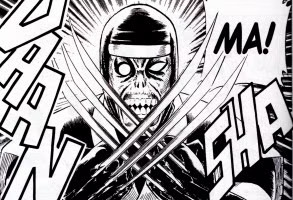
The Kenshin group's resident former fighter for hire, Sanosuke Sagara, undergoes a subtle shift in personality throughout the series. Initially, Sanosuke is portrayed as a relatively intelligent, calm, and collected fighter with a strong sense of justice. However, as the series progressed, creator Nobuhiro Watsuki altered Sanosuke's characterization, making him more of a brute and a comic relief character.
Watsuki admitted that he initially made Sanosuke "too smart" for his intended role within the group dynamics. To balance the team, Sanosuke's personality was adjusted to emphasize his physical prowess, impulsive nature, and straightforward approach to problems. This shift made him a foil to Kenshin's more thoughtful and strategic methods.
6. Hajime Saito Was Supposed To Be A Minor Character
Fans of Rurouni Kenshin Determined This Character's Rise to Prominence
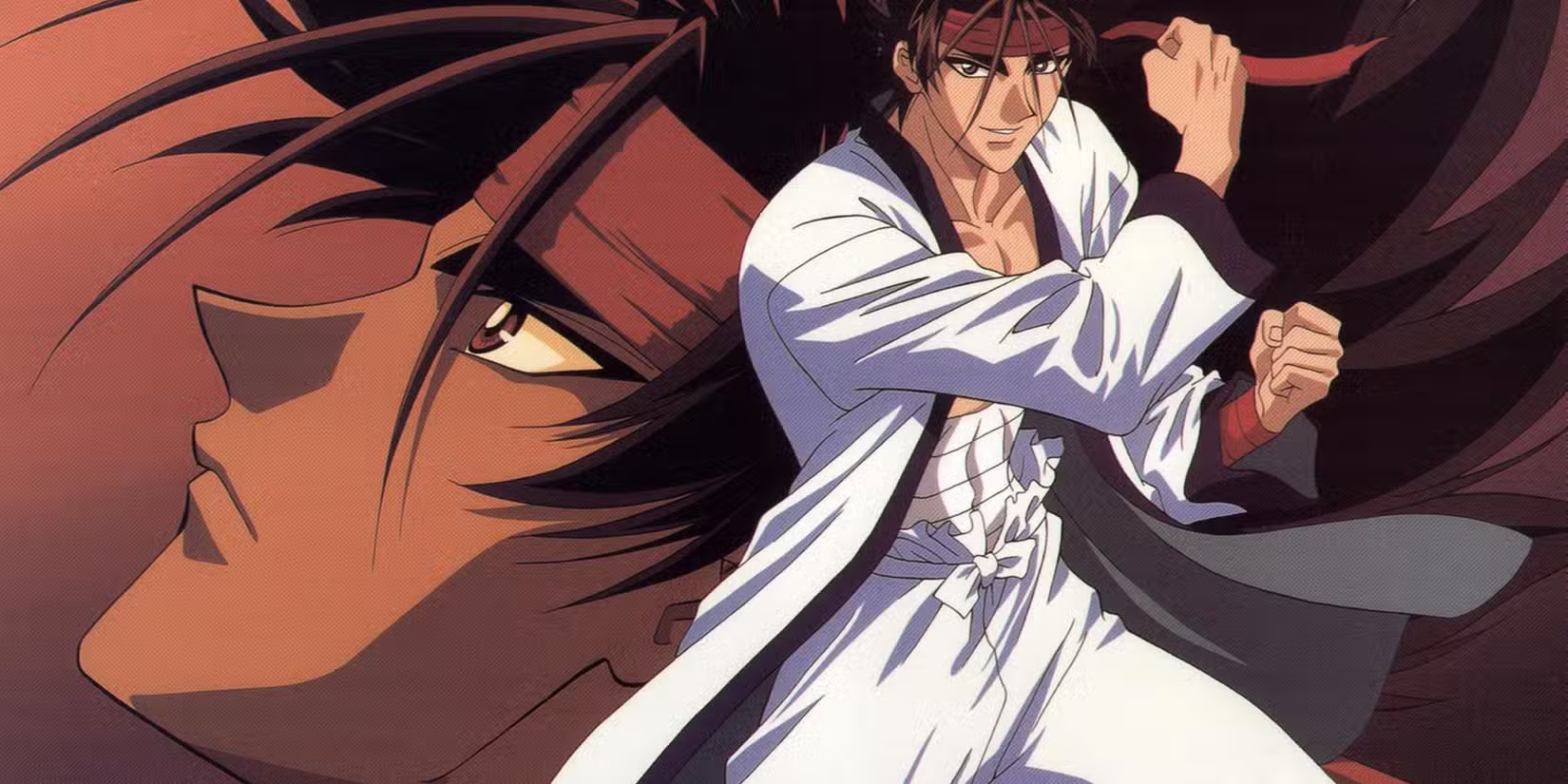
Hajime Saito, originally intended for a minor role, experienced a significant expansion in his character due to his immense popularity among fans. Initially introduced as a former Shinsengumi captain turned police officer, Saito was meant to serve as a formidable yet brief adversary to Kenshin. However, fans enjoyed Saito so much that his popularity prompted Watsuki to keep him around longer.
Saito is heavily incorporated into major story arcs, such as the Kyoto arc, where he becomes a crucial ally in the fight against Shishio. Saito's expanded presence allowed for richer storytelling and a more intricate exploration of his dynamic with Kenshin, rooted in their shared pasts as warriors on opposite sides of the Bakumatsu conflict.
5. Kenshin Was Originally a Villain
Kenshin's Presence in Crescent Moon in the Warring States Shows The Character in a Different Light
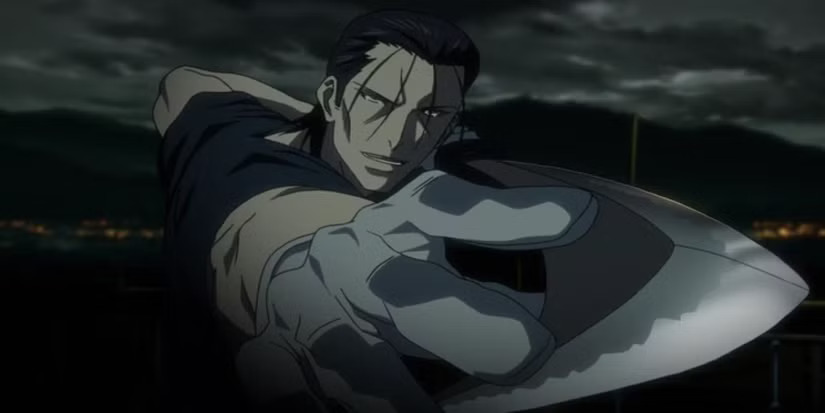
It's almost impossible to imagine Kenshin as a villain, but he was indeed originally written as one. Before becoming the beloved protagonist of Rurouni Kenshin, Kenshin was featured in the one-shot manga, Crescent Moon in the Warring States, where he was portrayed as the enemy of a young Seijuro Hiko (who would later be written as Kenshin's master in Rurouni Kenshin). This villainous character was depicted with the same formidable sword skills and cold, merciless demeanor as the Hitokiri Battousai.
This initial portrayal allowed Watsuki to explore themes of violence and morality, which later evolved into the more nuanced character of Kenshin. Kenshin's past as a feared assassin remained a central element, but his journey was now about atonement and protecting others without killing.
4. Kenshin Was Also Supposed To Be a Woman
Expectations Can Drastically Change the Direction an Anime Takes
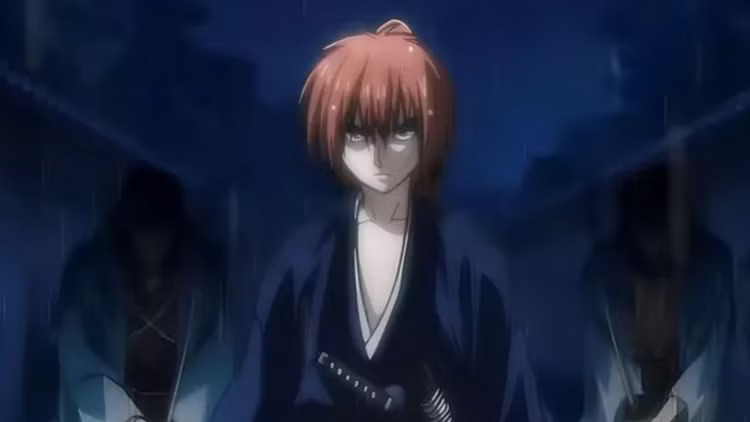
Kenshin was also originally conceptualized as a female character. Watsuki wanted to break away from traditional male-centric samurai narratives and explore a unique perspective within the genre. However, after further consideration and editorial input, Kenshin was reimagined as a male character to align more closely with the expectations of the shonen genre, which typically features male heroes.
Despite this change, remnants of the original concept remain evident in Kenshin's androgynous appearance and gentle demeanor, distinguishing him from more stereotypical, hypermasculine protagonists. His delicate features, smaller stature, and non-aggressive personality contrast sharply with traditional depictions of male samurai, reflecting Watsuki's initial vision of a non-traditional warrior.
3. The Trust & Betrayal OVA Is More Dramatic Than the Manga
This OVA Gives A Brief Glimpse Into the Darker Tones Shown in Rurouni Kenshin's Story
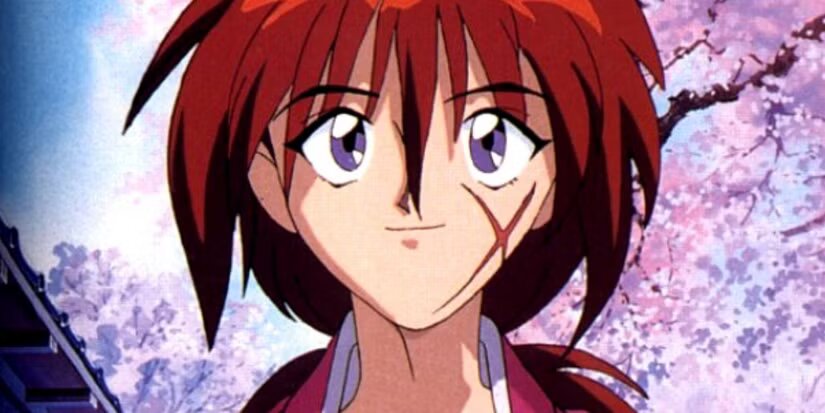
The Rurouni Kenshin: Trust and Betrayal OVA, renowned for its dark and dramatic narrative, actually represents only a small part of the manga's Jinchu arc. In the manga, this flashback occurs when Kenshin recounts his tragic past and his relationship with Tomoe Yukishiro and her brother Enishi, who is this arc's main antagonist. The original manga depiction of Kenshin's relationship with Tomoe includes lighter, more comedic moments that were absent from the OVA, with Tomoe often teasing Kenshin.
However, when adapting this storyline for the OVA, the producers opted for a significantly more somber and realistic approach. They felt that removing the humor and focusing on the intense, emotional aspects of Kenshin's past was more appropriate given the overall serious nature of the ongoing Bakumatsu war. This decision also influenced the character designs, which were altered to be more realistic and subdued compared to the typical anime style.
2. A Real Reversed Blade Sword Was Found In Japan
Kenshin's Legendary Sword May Stem From Real-Life Origins
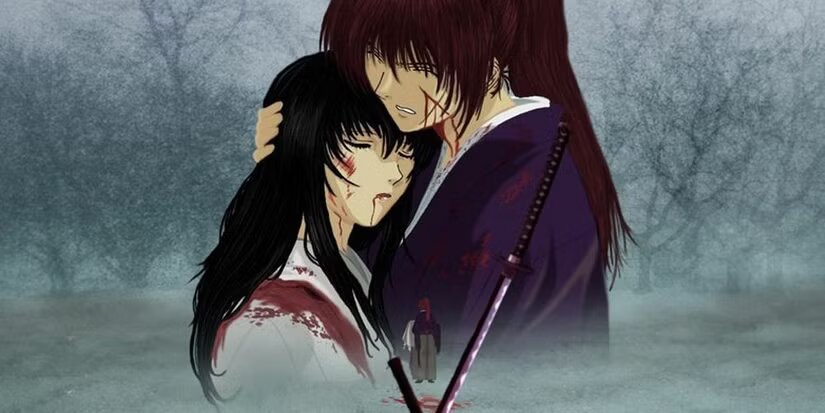
In 2013, a remarkable discovery was made in the Chiba Prefecture of Japan. A real sakabato, or reverse-blade sword, similar to the one wielded by Kenshin was found in a family warehouse. This rare and unusual weapon features a blade with its cutting edge on the inward curve, rather than the outward curve typical of traditional katana. The sakabato's existence was previously considered mostly fictional, popularized by the manga and anime as a symbol of Kenshin's vow to never kill again.
The discovery of an actual sakabato provided a fascinating link between fiction and historical reality, suggesting that such weapons may have indeed been crafted, albeit infrequently. This find not only delighted Rurouni Kenshin fans but also intrigued historians and martial arts enthusiasts.
1. Kenshin Himura Is Based On a Real Samurai
Anime is a Consistent Example of Art Imitating Life
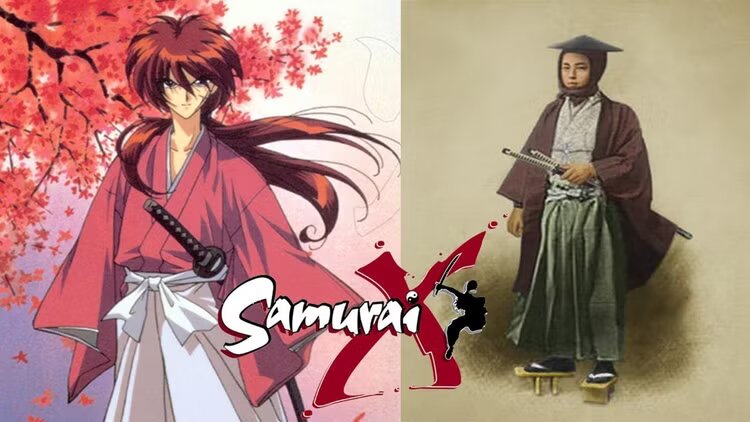
Rurouni Kenshin is a historical anime and features several events and characters based in reality. These characters include Hajime Saito, Toshimichi Okubo and even Kenshin himself. Kenshin is inspired by the real-life samurai Kawakami Gensai, one of the four renowned hitokiri (assassins) of the Bakumatsu period in Japan. Both Kenshin and Gensai are celebrated for their exceptional swordsmanship. Gensai was also known for his remarkable speed and precision, traits that are vividly mirrored in Kenshin's Hiten Mitsurugi style.
Both figures share a complex history of violence entwined with a quest for justice. Gensai, like Kenshin, was involved in political assassinations to support the imperial cause against the shogunate. Kenshin's journey of atonement and commitment to never kill again also parallels Gensai's later years, where he shifted toward less violent pursuits before his execution in 1872.

